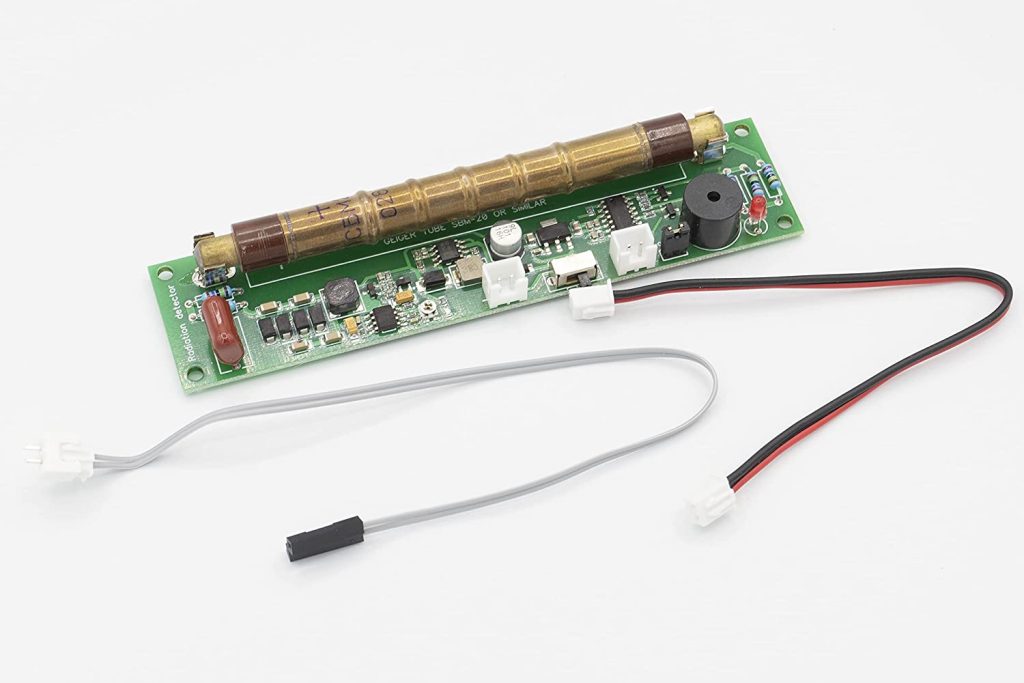Sometimes readers and users ask questions about the ability of the GGreg20_V3 – Geiger counter module to measure the maximum power of ionizing radiation.

Notes.
(1) It should be noted that the number 20 in the name of the GGreg20_V3 module means that the module is equipped with a Soviet-made SBM20 Geiger-Muller tube.
(2) Boundary measurements such as
– absence (zero) of pulses at the output of the module (most often this is a malfunction of the sensor or connection);
– the level of radiation is so high that there should be no pauses between pulses at all;
in this publication we do not consider, due to the fact that these are exceptional situations that require detailed immersion in the material.
(3) All the data given in the article are theoretically calculated on the basis of the documentation for the components of the GGreg20_V3 module and, fortunately, were not tested in practice under conditions of such powerful radiation.
The maximum speed of pulse counting by the GGreg20_V3 module is determined by two parameters:
– the technical characteristics of the SBM-20 tube limit the maximum frequency of its operation to 190 μs (the so-called deadtime, i.e. the minimum possible time interval between pulses). This means that per second, the SBM-20 tube is capable of providing 1000000 / 190 = 5263 impulses at most.
– the electronics of the module, which generates output pulses, is capable of operating at a frequency of 100 kHz (the duration of the generated output pulse is 10 microseconds). That is, the module processes and passes out all possible pulses from the tube with multiple overlapping in terms of speed.
Conclusions:
1) Theoretically, the GGreg20_V3 module with the SBM20 tube is capable of measuring the following maximum level:
5263 CPS (counts per second) = 315,780 CPM (counts per minute)
315 780 * 0.0057 = 1799.95 uSv / h maximum power of ionizing radiation for SBM-20.
2) But the documentation states that the SBM-20 is capable of registering the dose rate of gamma and beta radiation up to 40 μR per second, which is 144,000 μR per hour.
In the international system of values, it is 1440 μSv / hour.
This figure (1440 μSv/h) is somewhat lower than the one we calculated mathematically (1799.95 μSv/h) in point 1).
The difference is approximately 20%. Let’s assume that this is the possible variable error given by the tube manufacturing technology, which the manufacturer declares in another part of the documentation.
3) Also note that the manufacturer specifies the characteristics of the SBM-20 tube for the Cs-137 source. In the case of another source, for example Co-60, the parameters and calculation will differ.
4) The tube’s insensitivity time (deadtime) is also affected by its design characteristics. For example, compared to the SBM-20, the LND-712 tube has a shorter length and, accordingly, a shorter deadtime: only 90 μs.
5) The speed of the electronics of the GGreg20_V3 module is many times higher than the ability of the SBM-20 tube to generate pulses, so it does not limit the level of radiation that can be measured by the Geiger tube in the module.
We hope that our answer to this question will be useful and that it is suddenly exactly the information that you were looking for.

